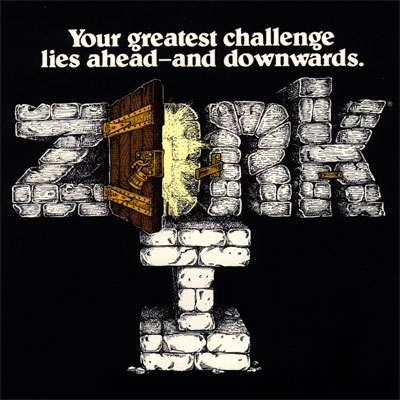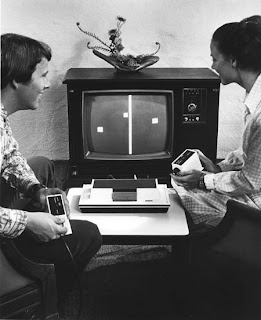History of Video Games, 1950s-1970s
Before we think of the future of games, we must go way back to the origins, the roots of the genre. By starting at the start, it may become much clearer where the game industry is heading…
There seems to be a lot of confusion as to who created what around the 1950s. A S Douglas , who wrote his PHD degree at the University of Cambridge
A video game is classed as a game that can be played on a normal TV set. Ralph Bear is there fore considered to be the inventor of the video game. He worked for a television company, and was given the task to make the best TV set in 1951. Baer came up with the idea of being able to play games on standard TV monitors, but his idea wasn’t able to be taken further at the time. When he was working at Sanders Associates, a military electronics firm in 1966, he went back to his idea and created a game called Chase. He built several prototypes including the “Brown Box”. Eventually his design called the Odyssey was released by Magnavox in 1972 as the first commercial game console.
As for computer games, Steve Russell had invented Spacewar! in1962. It was the first game intended for computer use. It was on an MIT PDP-1 mainframe computer, which was the size of a large refrigerator. Quite a lot of games had started this way, made by students at MIT as side projects and they became popular and were being shared on an old version on the internet at the time.
Then of course there was the development of arcade games. In 1971, Nolan Bushnell, along with Ted Dabney, made the first arcade game called Computer Space, though it wasn’t a success. Nolan created the arcade game Pong in 1972 and this did a lot better. Bushnell and Dabney also started Atari that same year, and in 1975 released Pong as a home video game. The arcade gaming era was best in the 80s when games like Asteroids and Lunar Lander, both released by Atari, and also Pac man were out.
Also, at about the same time, the genre of Interactive fiction was going on. A company called Infocom released many of those types of games, an example would be a series called Zork. The original idea of these was to make the game like reading fantasy books; it was seen as a more imaginative alternative to the increasing violence of visual games. Originally they were just text, but the started to become more graphical.
Looking back over the history of games, I realise that I have learned a lot about their origins. They have been around almost as long as technology itself. They developed and advanced along side computers. Its amazing to think that games started off as side projects done by university students and others on giant computers, and now they are made by large companies, with sometimes hundreds of individuals, on complex game engines on much smaller machines. Next I will examine the 80s to the 90s era, when games became more centred on PC s at home and less in the arcades.








